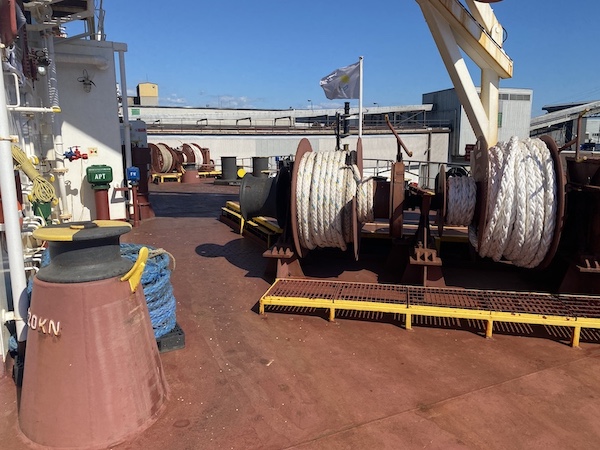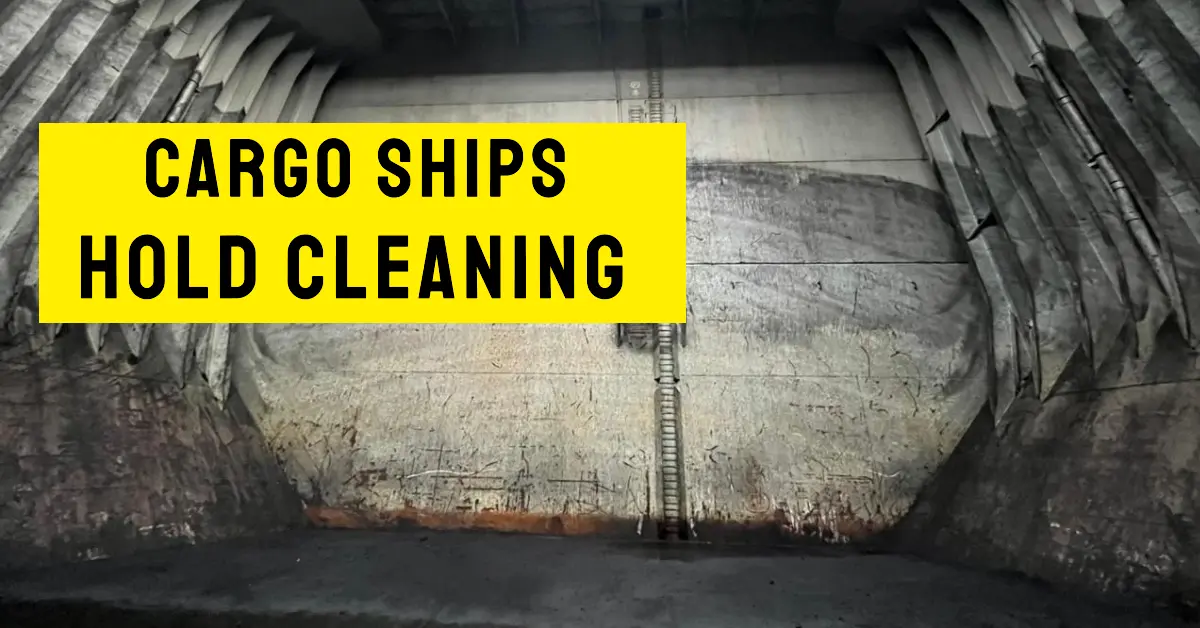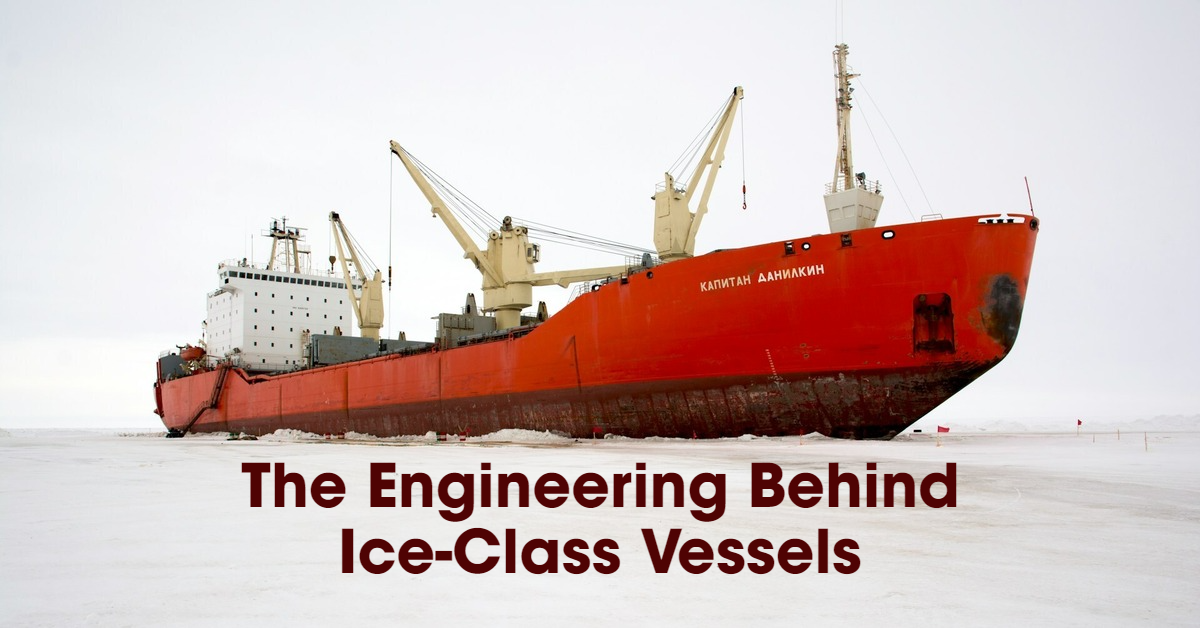Do ships have parking brakes? Of course, they do!
Ships cannot be secured at the pier without mooring winches. These mooring winches are like a car parking brake- hold the position of the vessel to keep it secure while an activity between the land and the ship is going on like cargo loading or unloading, embarkation, and disembarkation of the crew or passengers.
To put it simply, a ship is kept steady by enormous ropes (diameter varies per vessel size) tied to the pier’s bollard. Easy, isn’t it? However, imagine once the ropes are connected between the ship and pier. Pulling it and keeping the rope tension isn’t easy now, right? That is why we need mooring winches.

The mooring winch is one of the most important deck machinery on ships. They are commonly found on forward and aft stations of every ship both on port and starboard sides.
The winch is powerful equipment where the mooring lines are rolled around. The winch motor rotates backward it pulls the rope which is attached to the pier until the right tension is achieved. The tension is regulated, slacked, or tightened during the ship’s stay and mooring operations. The mooring winch can come in single or double drum designs.

Parts of a mooring winch
Basically, there are three major parts that compromised the function of the mooring winch these are driving motor, the drum, and the warp end.
- Driving Motor
The driving motor is commonly an electric motor that can rotate in either direction for the purpose of tightening and slacking the ropes. The motor gives all the power needed to pull the rope so the ship is closer to the pier. When the desired tension is achieved the motor is stopped and rope tightness is held. It can be electric, hydraulic, or pneumatic.
- Drum
Also referred to as the winch barrel, this component is connected to the driving motor and is the one rotating and accommodating the rope coil as it turns. The primary function of this barrel is to store the rope used during mooring operation. The drum is used for hauling the ship itself.
- Warp end
The gypsy head is another term for winch warp end. The gypsy head is the outmost portion of the mooring winch. Like a winch barrel the warp end stores the rope that is used for mooring although they are used for lighter applications or for auxiliary purposes. In common cases, additional spring lines.
Furthermore, some parts that are seen on a mooring winch setup are;
- Bed plate – The bed plate-like in most machinery is the foundation of the equipment to the deck. Fastened securely it provides the mooring winch to be stationary at all times.
- Clutch – The clutching mechanism of the mooring winch allows the user to engage/disengage the winch barrel or gypsy head as required during operation. The winch operator moves a clutch gear to the desired position that is marked for the certain drum to be engaged/disengaged.
- Controller
The controller allows the user to move the drum either forward or reverse. Usually, it is a lever where the position is where the operator has a safe and clear sight of the winch drum.
- Gears
Gear provides the power delivery arrangement of the driving motor to the drum. The gear transmission gives additional torque to the mooring winch in order to haul at bigger capacities. Usually, they are found encased and submerged in oil.
- Drum Brake
The drum brake holds the rope in tension once the driving motor is turned off by holding steady the winch barrel usually manually in manner.
- Rope Guard
The rope guard guides the rope in position so it won’t slip as the drum is rolled during the mooring operation.
Expanding your thoughts
In its broad application, winches cannot just be only found aboard vessels- sometimes it’s the opposite. Winches are installed on land to haul ships on a slipway during drydocking. on the same principle and purpose of hauling but in a completely different situation.
As technology advances the mooring winch designs evolve. Additional instrumentations can be added to provide safer and more efficient operation but as long as you know the basic working principle behind it as simple it is, you will never lose your position.
- Comprehensive Guide to Hold Cleaning for Cargo Ships: Ensuring Maritime Safety and Efficiency – October 19, 2024
- Responsibilities of a Fourth Engineer on Cargo Ships – September 10, 2024
- The Role of Cargo Ships in Global Trade – August 22, 2024



